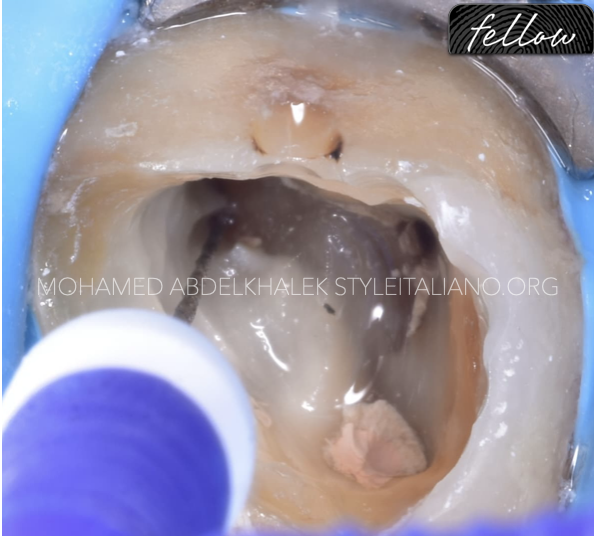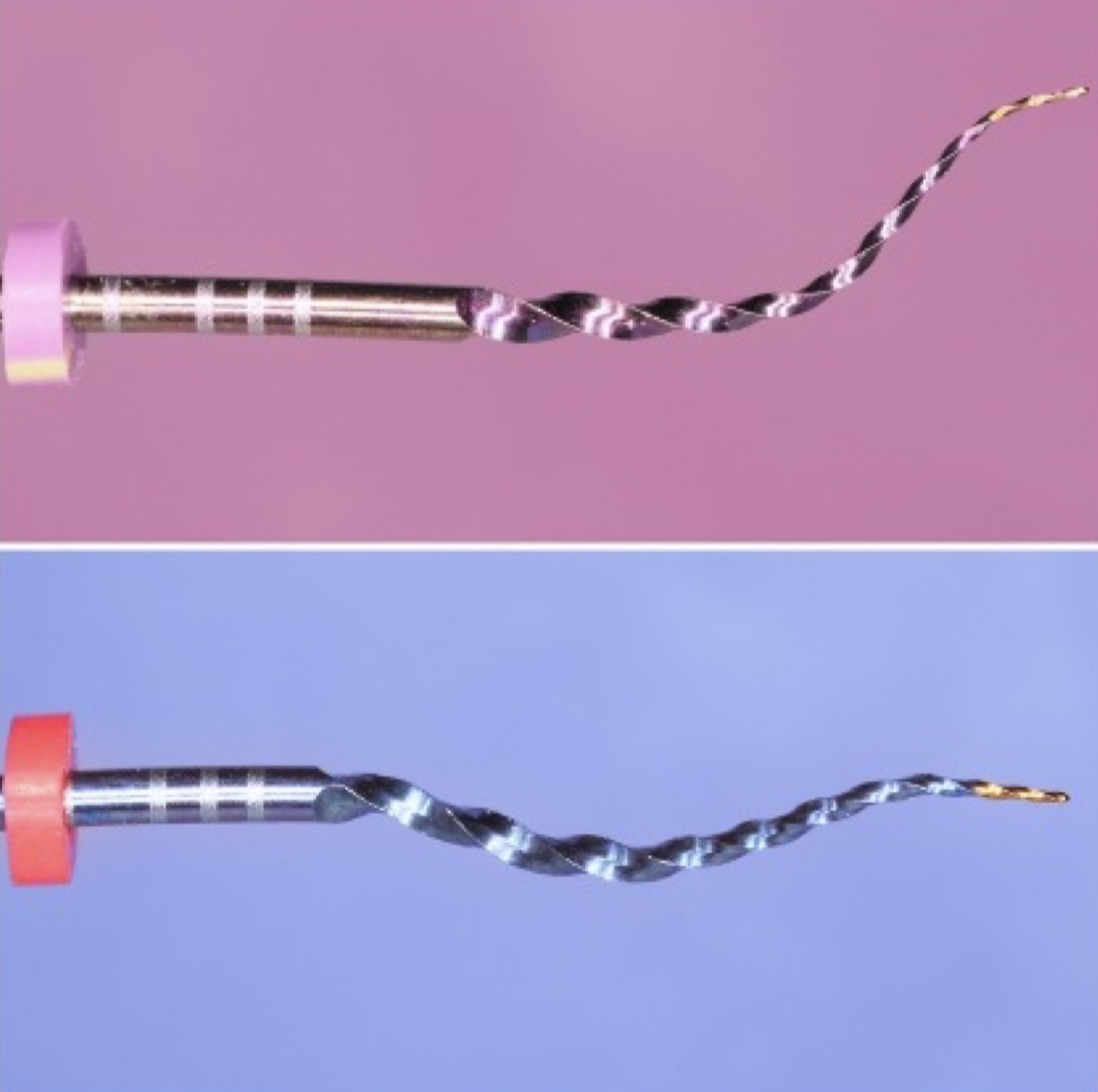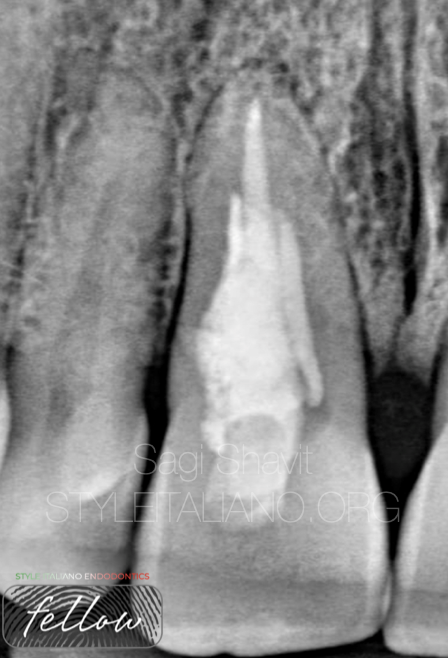Achieving glide path in retreatments by removing safely the gutta percha and sealer from within the root canal is always a difficult step. The instruments used in endodontic retreatments have […]
 Root Canal Retreatment of LL6 using the Retreaty system from Perfect: A case report
Root Canal Retreatment of LL6 using the Retreaty system from Perfect: A case report
Achieving glide path in retreatments by removing safely the gutta percha and sealer from within the root canal is always a difficult step. The instruments used in endodontic retreatments have […]
 Retreatment
Retreatment
The failure of root canal treatment is a problem encountered by every dentist. A large number of studies have shown that teeth may continue to have previous periapical lesions or even develop new periapical lesions after root canal treatment. The reasons for root canal treatment failure, the site to be debreached, the method to be repaired, and the communication with the patient are all very important factors in retreatment.
 Management of 3 broken files in upper right molar
Management of 3 broken files in upper right molar
INSTRUMENT FRACTURE IS A COMMON COMPLICATION IN ENDODONTICS THAT WE MUST BE PREPARED TO SOLVE IN A PREDICTABLE WAY. IN THIS CASE WE SHOW HOW TO SUCCESSFULLY RESOLVE THIS COMPLEX SITUATION
 Endodontic treatment of necrotic teeth with periapical lesion
Endodontic treatment of necrotic teeth with periapical lesion
One of the most common complications after dental trauma is pulp necrosis, which is often associated with apical periodontitis. The management of these teeth is challenging due to large root canals, open apices, and thin dentinal walls. 1
Long-term irritation leads to periapical lesions and cysts in the apical region. If left untreated, necrotic and infected pulp causes inflammatory lesions in the periapical tissues to grow over time, leading to structural changes in the bone. In some cases, root canal treatment may be required later during follow-up of injuries, due to subsequent pulp necrosis and infection of the root canal system. 2-3
 Use of internal bleaching in prosthetic cases
Use of internal bleaching in prosthetic cases
Matching the color of dental crowns to discolored tooth abutment is a tough challenge in modern dentistry. When a tooth abutment is discolored—due to staining, injury, or previous treatments—it can be hard to make a crown that looks natural and blends well with the surrounding teeth.
The difficulty comes from several factors: the original color of the tooth, the type of discoloration, and the materials used for the crown. Although new materials and techniques have made it easier to match colors, getting a perfect match is still not always possible. This can affect the overall look of the dental work.
 Re-treatment Decoding part 2: MB2, the most hated canal
Re-treatment Decoding part 2: MB2, the most hated canal
In this article we are going to review how can we deal with the most hated canal in Endodontics from diagnosis to obturation.
 BlueShaper PRO: Two heat treatments in a single instrument, DUAL WIRE technology.
BlueShaper PRO: Two heat treatments in a single instrument, DUAL WIRE technology.
We will describe and analyze the new BlueShaper PRO system for rotary surgical preparation of root canals with the new Dual Wire technology. It includes a basic set of 4 […]
 Simplified MTA apical plug
Simplified MTA apical plug
Root resorption is a pathological process that may occur after surgical mechanical, chemical or thermal insult. Generally, it can be classified as internal and external root resorption. Depending on the […]
 Retreaty: The best daily practice with the best kit available
Retreaty: The best daily practice with the best kit available
Our primary purpose in Endodontics is represented by the chance to preserve and maintain a tooth in place, even if previously treated. One of the indication for a retreatment is when the coronal seal is compromised. This clinical case highlights the daily practice with the predicability of the use of Retreaty kit by Perfect Endo.
 External cervical resorption
External cervical resorption
External cervical resorption (ECR) is an aggressive form of root resorption (RR), which initiates from the external cervical area of the tooth. Its aetiology is mostly unclear. As in this […]
 3 rooted Lower Second Molar
3 rooted Lower Second Molar
Most mandibular second molars are usually found to have two roots (76%) or one root (22%). The incidence of 3 roots anatomy in such teeth is considered a rare finding […]
 Retreatment of teeth with a complex root system anatomy #1
Retreatment of teeth with a complex root system anatomy #1
The second maxillary premolar may have 1 to 3 roots: with one root canal in 75-96% of cases, with two root canals in 4-24% and three root canals in 0-1%. […]